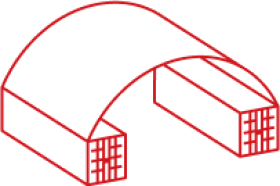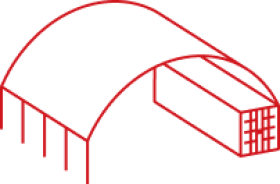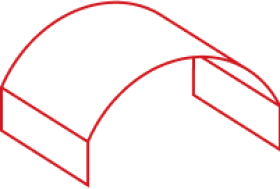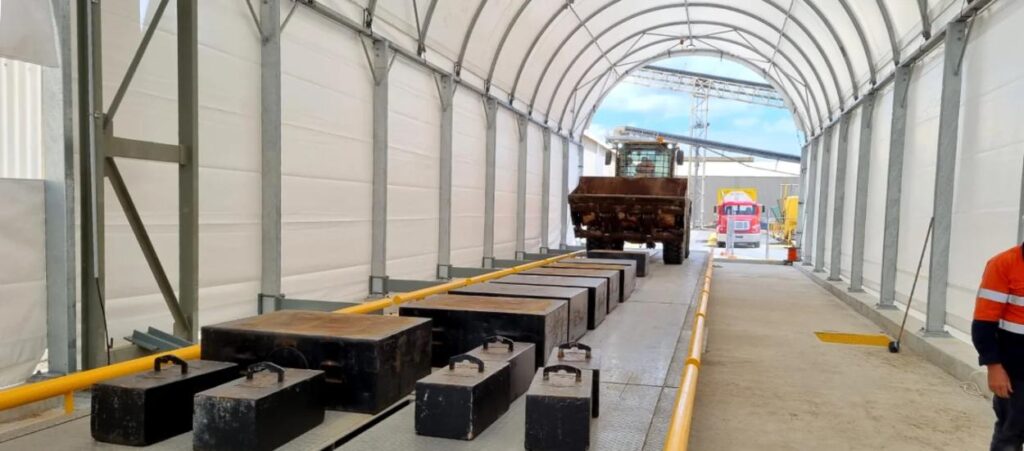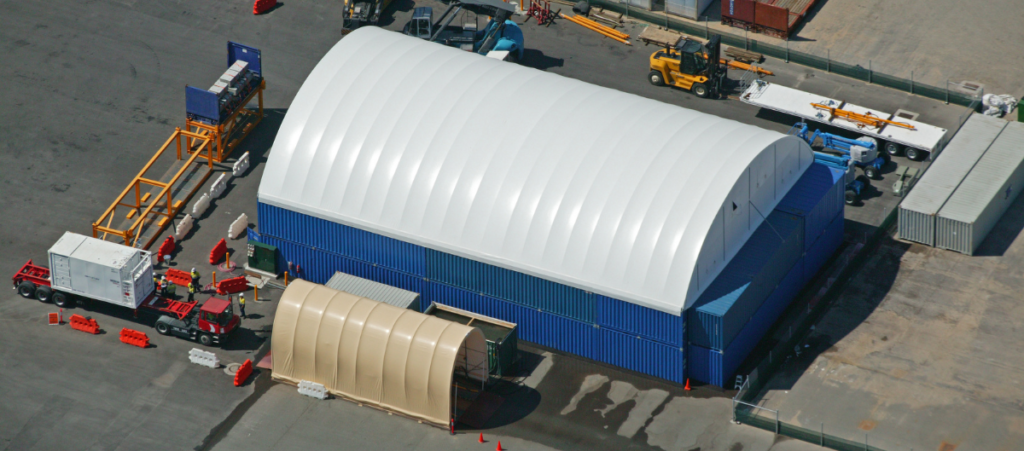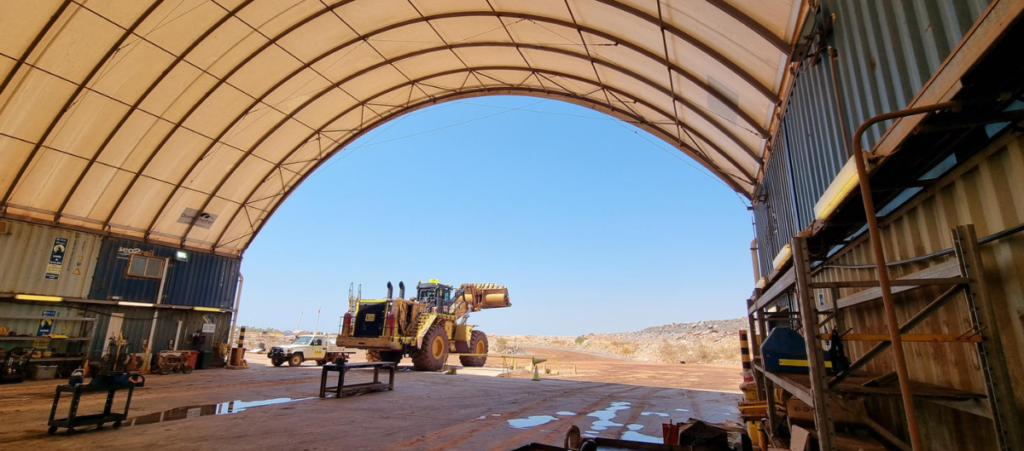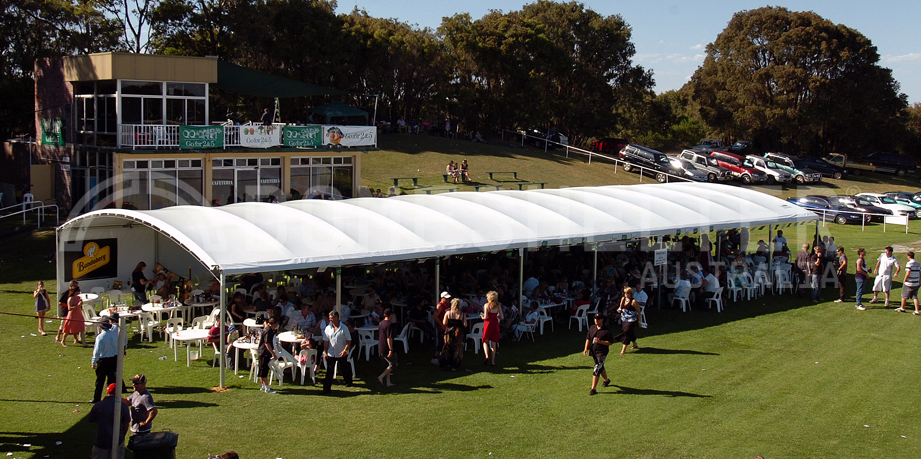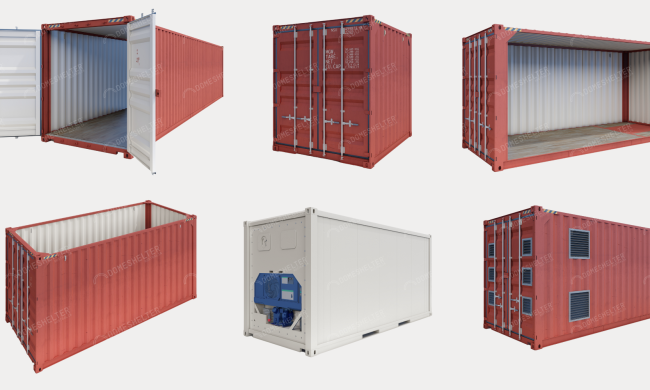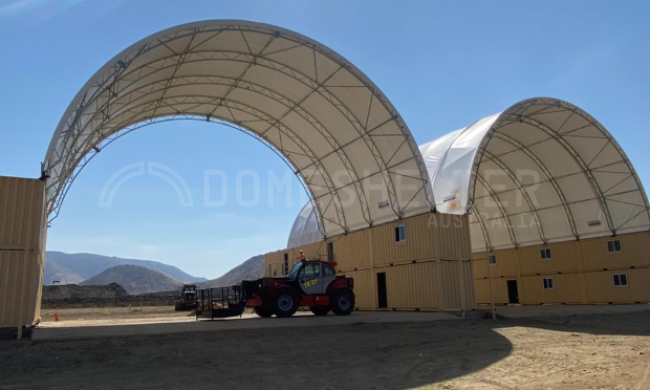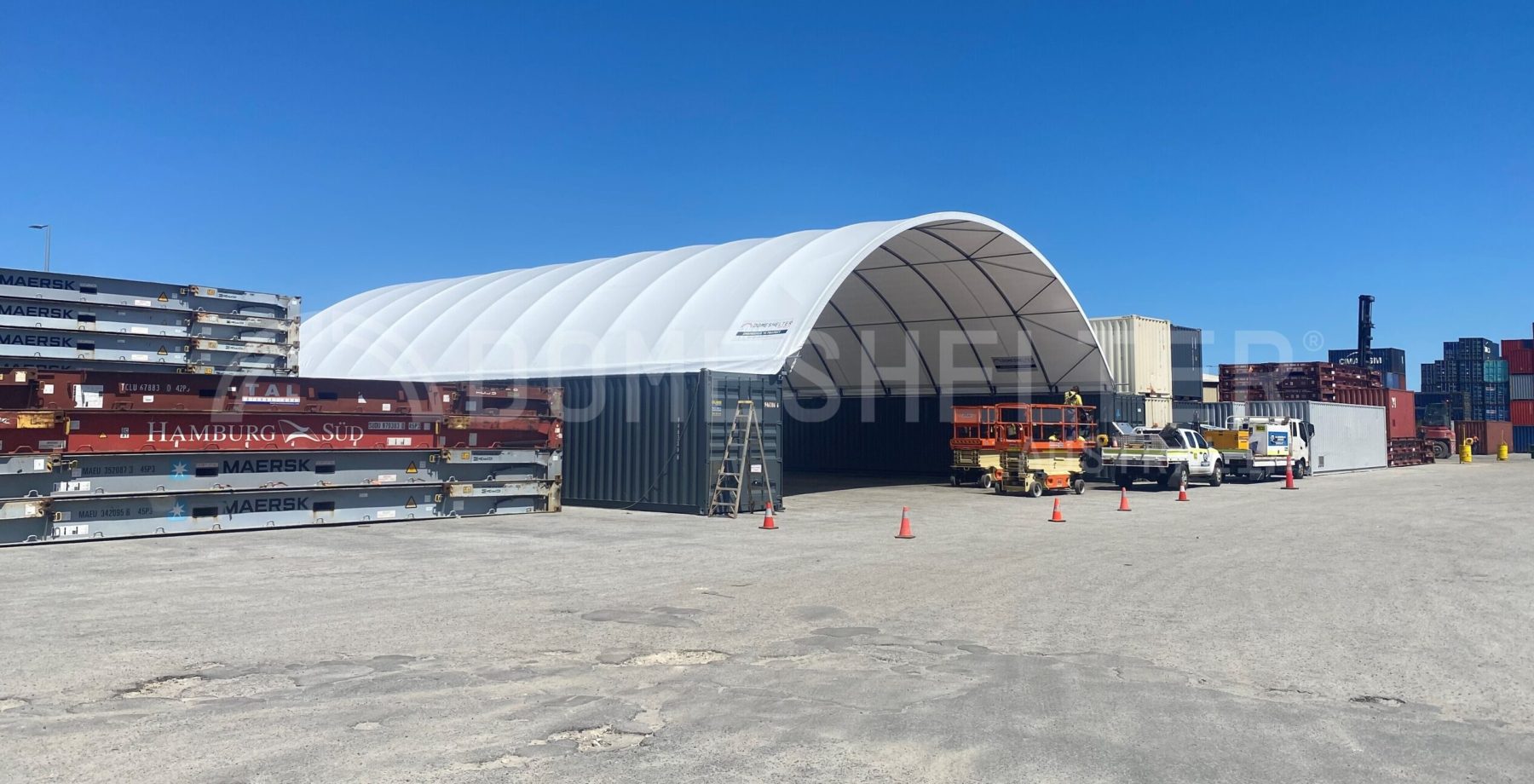
Industrial Fabric Shelters are a versatile and cost-effective solution for many outdoor storage, manufacturing, and construction applications. However, despite their many benefits, there are some common mistakes that customers make when choosing and using these shelters.
These mistakes can range from choosing low-quality materials to neglecting proper maintenance, and can have a significant impact on the functionality, durability, and overall success of the Shelter. In this article, we will explore the 5 biggest mistakes customers can make with industrial Fabric Shelters, and provide tips and advice to help you avoid them and ensure that your Shelter meets your needs and provides the protection you require.
1. Choosing Low Price Over Quality
When it comes to purchasing a Fabric Shelter, there is a wide range of prices offered by different suppliers. With so many options available, it can be challenging to understand the differences between the various shelters and their quality, which can lead customers to believe that a lower price is their best option. However, it is important to understand that the varying shapes, sizes, materials, and quality of Fabric Shelters in the market play a significant role in determining the price. A lower price may seem appealing at first, but it often indicates a lower quality product that is manufactured using cheaper materials, is not compliant with relevant engineering standards, and has limited customisation options. These Shelters are typically less durable, less reliable, and less secure than those from reputable suppliers.
By choosing a cheaply made shelter, customers expose themselves to an increased risk of failure. The consequences of a shelter failure can be severe, including damage to the shelter itself and costly assets and equipment, as well as potential harm to people and animals. In addition, there is a financial risk associated with a failure, as the cost of repairing or replacing a damaged shelter can be substantial. It is important for customers to consider the potential repercussions of choosing a cheaply made Fabric Shelter.
2. Not Considering Whole Project Cost
Large, industrial Fabric Shelters are a significant investment for companies and can be complex projects, depending on their scale. When planning a Fabric Shelter, customers may overlook important factors that impact the whole project, such as site work and installation requirements.
Installation is a critical part of the project and must be taken into account. Hold-downs are necessary to secure the Fabric Shelter to the ground, and ground preparation is required to ensure the Shelter is placed on a level and stable foundation. By taking a comprehensive approach, customers can ensure their Fabric Shelter investment is a success. This is where it is best to choose a proven supplier, who can guide you through the in’s and out’s, takes care of engineering and other project necessities, and guides you through a simple project journey.
3. Improper Maintenance
Proper maintenance is crucial to ensuring the longevity and optimal performance of any Fabric Shelter. Neglecting routine cleaning, repair, and replacement of worn or damaged parts can lead to early failure and reduced effectiveness. Regular maintenance not only extends the lifespan of the shelter, but it also ensures that it remains safe and secure in all weather conditions.
When choosing a Fabric Shelter, it is essential to consider the level of support offered by the supplier. Many suppliers provide detailed maintenance instructions and ongoing care following the purchase of a Shelter. It is important to stay on schedule with routine inspections and upkeep. This involves checking for any signs of wear and tear, such as fraying or tears in the fabric, and making necessary repairs. Neglecting routine inspections and maintenance can lead to structural weaknesses that could put the Shelter at risk of failure in strong winds or other extreme weather events.
4. Not Choosing the Right Size and Configuration
Not considering the size and configuration of a Fabric Shelter is a common mistake that can result in a shelter that is either too small or not fit-for-purpose for its intended use. Choosing the wrong size can result in reduced functionality and increased maintenance costs.
Ignoring the size and configuration of a fabric shelter can result in a structure that is less effective and can negatively impact the overall success of the project. Some manufacturers will work with clients on a case-by-case basis, taking the time to consider size and other customisations to ensure the Shelter meets their specific needs. Whether working with a company to design a purpose-built solution, or choosing from a range of standard sizes, ensuring you have properly considered every need to get the protection you require will eliminate the need for potentially costly additions in the future.
5. Not Considering Shelter Placement
Considering how you are going to orient your Shelter – position it on its site – is important for optimising the effectiveness of your Shelter throughout the day. The direction a Shelter faces will affect the amount of sunlight and/or shade it receives, as well as its heating and cooling capabilities. Poor orientation and lack of appropriate shading can exclude winter sun and cause overheating in summer by allowing low-angle east or west sun to strike inhabitants.
DomeShelter Australia has a free online 3D Designer, with a feature that allows users to explore Shelter orientation possibilities. Using this tool, you can input your geographical location and analyse the pattern of the sun at different times of day; you can rotate the Shelter model to see how the sun will affect the amount of shade it provides. This helps make understanding orientation and the path of the sun easier.
In Conclusion
Fabric Structures are a versatile and cost-effective solution for a range of applications, but customers should be aware of the common mistakes that can impact their functionality and durability. Choosing low-price over quality, improper maintenance, not choosing the right size or orientation, can all result in decreased success and added expenses. By working with a reputable supplier and avoiding these mistakes, customers can ensure that their Fabric Shelter provides the protection they need and stands the test of time.
